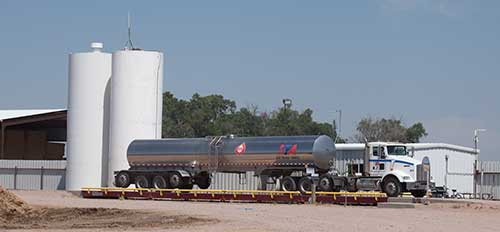
The milk-making process involves many steps. One crucial step is washing and sanitizing the equipment used to transport milk.
Many farms use a Clean-in-Place system to wash the pipes that carry milk from the cow to the bulk tank. This process has four steps: a warm water rinse, an alkaline wash, an acid rinse, and a sanitizing rinse.
The chemicals used in this process are strong, and while they work great for cleaning, they pose a health risk to humans if touched or ingested. For that reason, engineers at Penn State University took a closer look at the use of a safer option: electrolyzed oxidizing water, or EO water.
EO water is the combination of electrolyzed tap water and table salt. Through electrolysis, an electrical current breaks the water and salt into smaller components. Two electrodes placed in the water separate the positively and negatively charged ions so that the acidic water is drained separately from the alkaline water.
The combination of chlorine and hydrogen ions in the acidic water produces hypochlorous acid, which has a pH of approximately 2.7. The hydroxide and sodium ions in the alkaline water combine to produce sodium hydroxide, with a pH of approximately 11.5. Even though these solutions consist of mostly water, each delivers cleaning and sanitizing properties.
Using a mock milking system of stainless steel pipes, the researchers utilized EO water instead of traditional milk house chemicals to remove milk residues. Their work, which was recently published in the Journal of Food Engineering, showed that EO water was just as effective as traditional chemicals. They also discovered that less time was needed to thoroughly clean the system and were able to shorten the cycle by 55 percent while maintaining the same effectiveness.
The shortened cycle and reduction in chemicals reduced cleaning costs by 30 to 40 percent. The cost reduction did not include the price of the machine needed to make the EO water, which is currently quite expensive. The researchers are optimistic, though, that this technology will soon become more affordable and that EO water will serve as a viable chemical alternative for dairy farmers.
(c) Hoard's Dairyman Intel 2016
April 25, 2016








